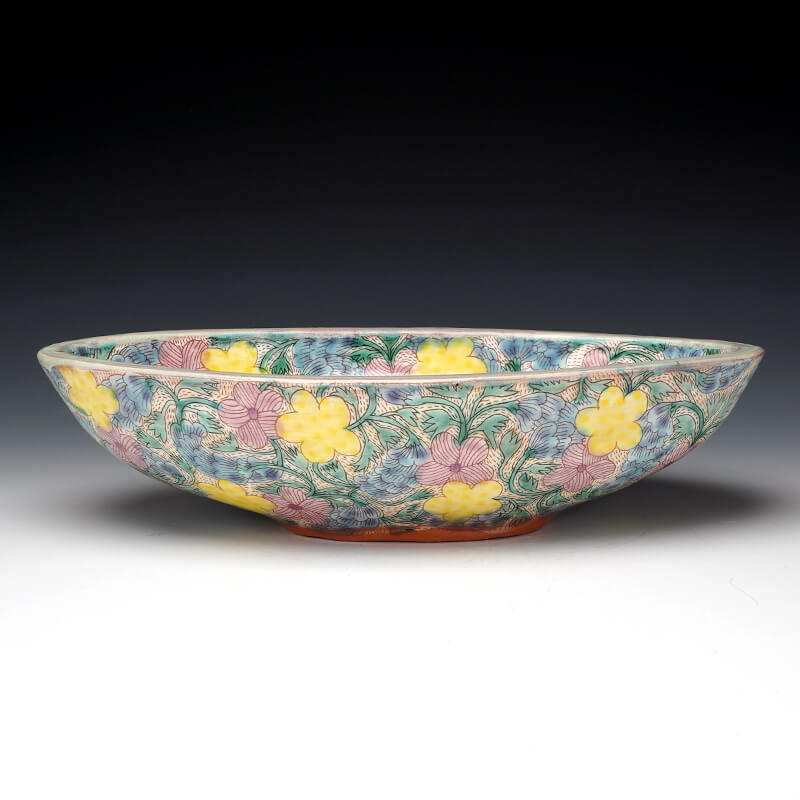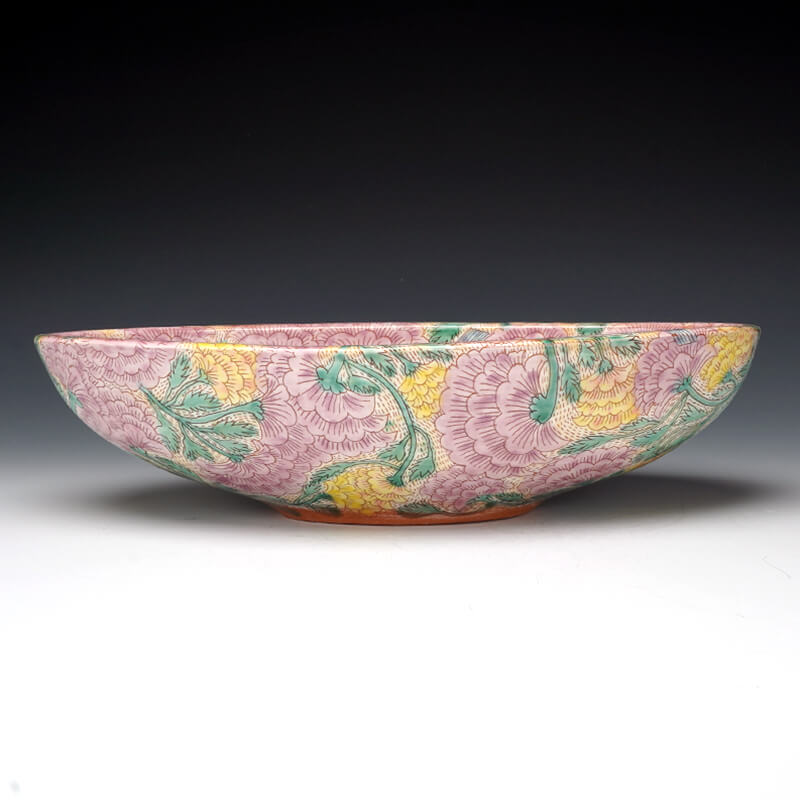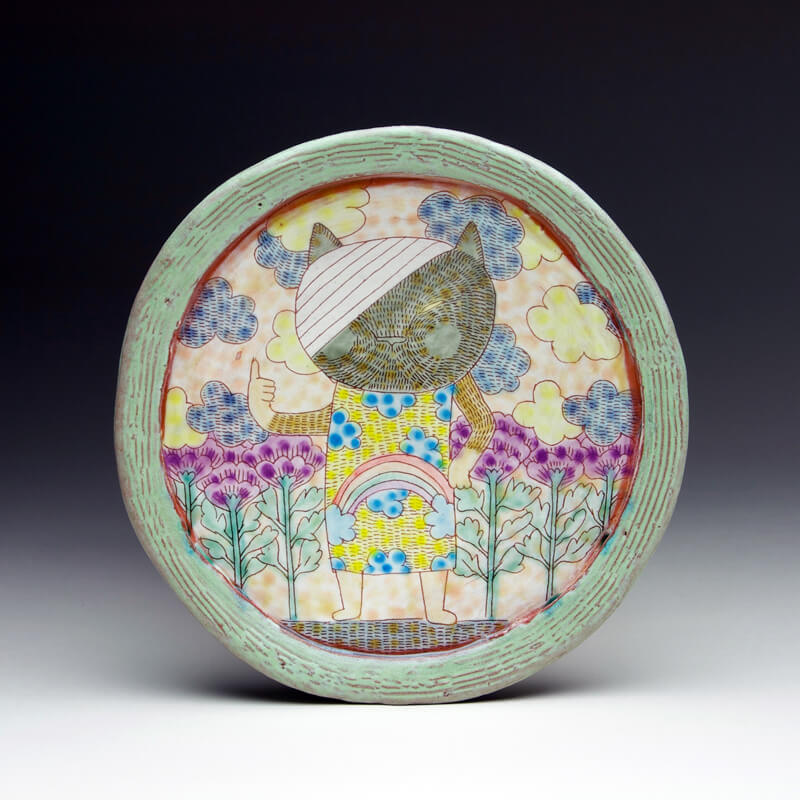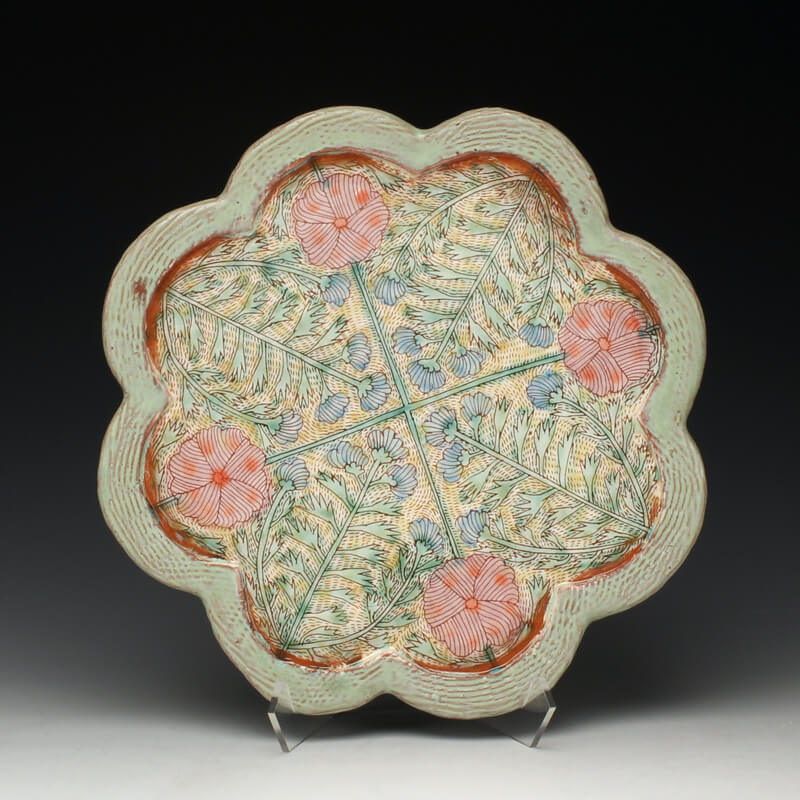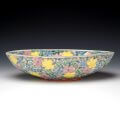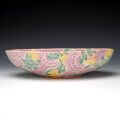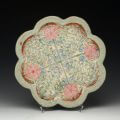
Shoko Teruyama grew up in Mishima, Japan. She earned a BA in education and taught elementary school before traveling to the United States to study art at the University of Nebraska-Lincoln in 1997. Shoko received her MFA in ceramics in the fall of 2005 from Wichita State University. She finished a three-year residency at the Penland School of Crafts in 2008 and is now astudio artist in Alfred, NY.
Shoko’s handbuilt work is made of earthenware with white slip and sgraffito decoration. Along with her intricate patterns she has developed a cast of characters based on experience with human relations. As the characters interact, Shoko wants the viewer to find their own stories. The work is seemingly whimsical, but reveals itself to be something more devious and interesting.
Growing up in Japan, I remember tradition being part of daily life. Temples and shrines were everywhere, even inside our home. I was drawn to these sacred spaces and ceremonial objects because they were decorated with texture and pattern contrasted by areas of calm and stillness.
These memories inspire my current work. I make boxes, intimate bowls, and small plates for precious objects, vases for flower arranging and a variety of serving pieces. Many of the forms allude to function and would serve food well, but are more comfortable being placed in sacred spaces of the home like the center of a formal dining room table, a hope chest, or a bedside stand.
The making begins with bisque molds, slab construction, and coil building to make thick, heavy forms. I carve, shave, and sand excess clay away to slowly reveal the final shape. Puff handles and other elements are added for physical decoration. White slip is brushed over the red earthenware to create depth and motion. Then I carve back through the slip exposing the red clay. Shiny translucent glazes are applied over the decorated areas and opaque matte glazes over the calm areas.
Ornamentation is important to my ideas. I have created motifs called vine patterns to lead your eye around the work. Patterns run continuously to create narrow borders or to fill large amounts of space. They can flow into tight curves just as easily as they can bend around the belly of a form. The patterns create visual movement representing water, wind, and clouds.
I create characters based on human relations and things I have experienced. To me it is much easier to draw owls than humans. I don’t want to tell specific stories to people, I want people to create their own. Sometimes you feel like the weight of a turtle standing on top of you and sometimes you feel like an owl standing on top of the world. Some of my characters have a dark nature. I think that is life. Sometimes dark things happen. Overall, I want my work to have a sense of hope and a sense of humor because life goes on.

